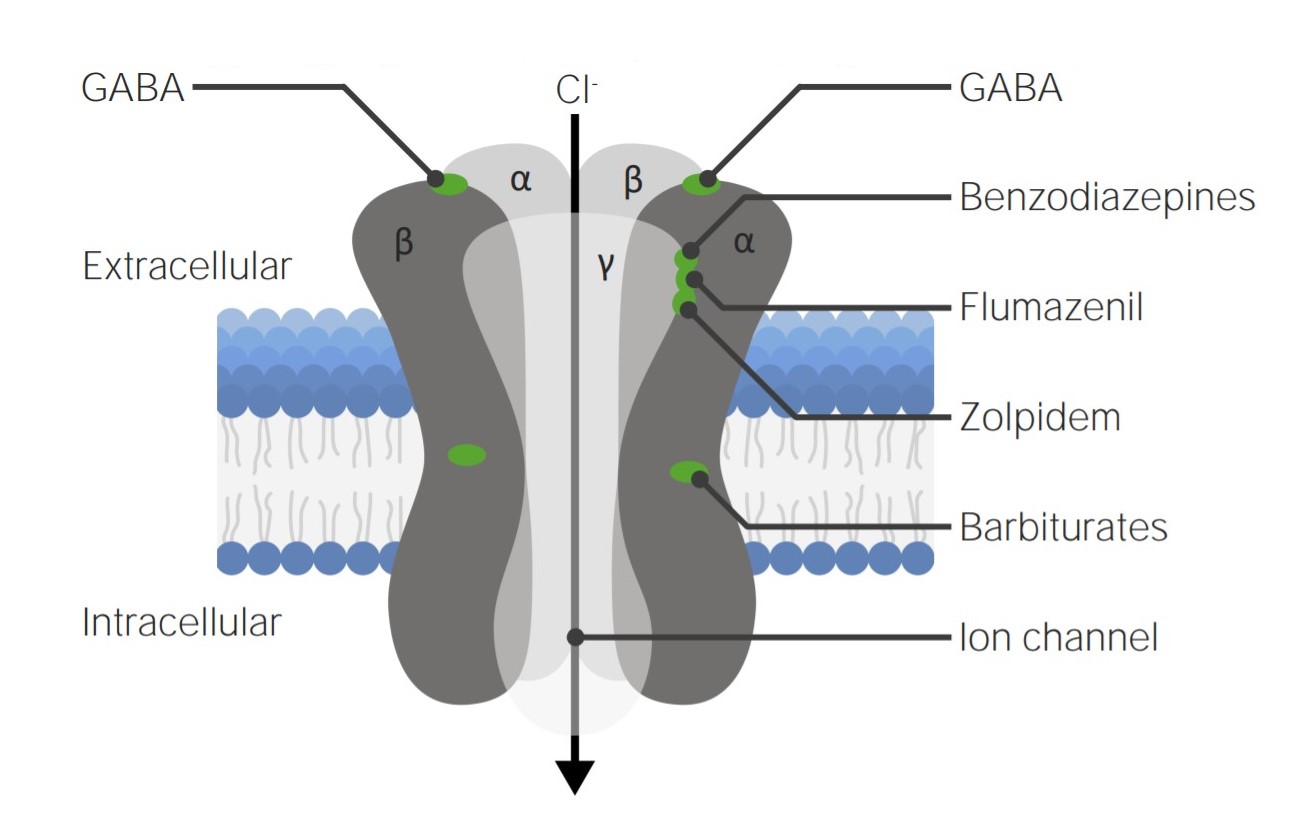Playlist
Show Playlist
Hide Playlist
Complications and Other Issues – Anesthesia for Special Operations
-
18 -Anaesthesia for special operations.pdf
-
Download Lecture Overview
00:00 So dislodgement of the endobronchial tube or the blocker is unfortunately relatively common. And results in loss of one-lung ventilation, it can result in a drop in oxygen saturation and it means you have to put the bronchoscope down again and try to reposition everything. The problem is, that when the surgeon's got a deflated lung and is working on that lung, there's a lot of movement and the anatomy that you're used to seeing is completely distorted by the fact that there's only one lung now. So, it's difficult. 00:32 And it requires people with special skill. If you are doing one lung anesthesia and the patient begins to become hypoximic, you can't just take out the tube or start ventilating the other lung in the hope that you can get them back to a normal state. You can talk to the surgeon, and in some cases the surgeon will say, “Okay, I'll try to do the surgery with a ventilated lung. I'll try to do the surgery while the lung's moving. so go ahead and ventilate.” That's usually not the case. 01:02 Usually what they ask you to do is, “Do something to fix it!” And what the anesthesiologist does in this case to attempt to fix it, is apply PEEP, or positive end-expiratory pressure, to the ventilated lung. So in other words, never let the lung completely collapse on expiration! Keep some back pressure on at all the time, which increases the volume of the lung and allows gas exchange to occur during expiration, and also consider putting CPAP on the operated lung. So, just some pressure on the operated lung. It'll inflate a little bit, but won't inflate all the way, and it won't move with ventilation, It'll inflate to a point and then just stop, it won't go up and down like this. And the surgeons can tolerate that and can continue with their work. And that'll often allow better gas exchange and improve the situation. Massive hemorrhage is a very unfortunate and sometimes deadly complication of thoracic surgery and anesthesia. It's extremely difficult to manage. 02:02 You are totally dependent on the surgeon trying to get control of the bleeding, and the person who sees most of the bleeding is the anesthesiologist, because what happens is, the blood comes up the endo, not up the endobronchial tube, but up the trachea. It will come up the endobronchial tube and there's always a danger that some of that blood will get over into the other lung and contaminate that long, and make oxygenation that much more difficult. It's a very difficult thing to deal with. Post-operative acute lung injury is potentially a lethal combination in these patients, and it's often not predictable. 02:38 So, when we have an elderly patient with really bad lungs, we look at each other and we say, “You know, this may not turn out too well, because this patient's got a high probability of developing an acute lung injury and have to go to the ICU.” In fact, we may be completely wrong, they may fly through the surgery without any difficulty at all, and another patient who is younger and healthy may develop ALI. 03:02 Post-operative pain management is crucial, as thoracic anesthesia pain is the worst of all surgical pains. 03:08 And it's vital that these patients breathe deeply and cough post-operatively. And if you don't use appropriate pain management, they 'splint' their chest and try not to move the chest wall. 03:20 The placement of a thoracic epidural can completely remove pain, and allow patients to deep breath, to cough and to ambulate. And this has been a huge improvement in care for these patients over the last 10 or 15 years. So, this is a thoracotomy incision. And what you're looking at there, if you look at the forceps that's coming in from the right side of the picture, it's going behind one of the lobes of the lung, and the surgeon's working on that lobe. And above it, you can see a kind of a purple blob. And that purple blob is uninflated lung tissue. Inflated lung tissue, number one, takes a lot more space than that, and number two, is pinkish in color, it's not purple. But when it's deflated, it looks like liver. And that's what's happened here is, you've got the surgeon working on lung in a successfully deflated one-lung anesthetic situation
About the Lecture
The lecture Complications and Other Issues – Anesthesia for Special Operations by Brian Warriner, MD, FRCPC is from the course Anesthesia in Special Situations.
Included Quiz Questions
How can hypoxemia be corrected during one-lung ventilation?
- By applying PEEP to the ventilated lung and CPAP to the operated lung
- By applying PEEP to the operated lung
- By applying CPAP to the ventilated lung
- By applying CPAP to the operated lung only
- By continuing surgery without the need for correction
What is a serious complication in thoracic surgery?
- Hemorrhage
- Dislodgement of the ET
- Hypoxia
- Ventilation of a single lung
- Cardiac arrest
What the optimal treatment for pain after thoracic surgery?
- Thoracic epidural
- Axillary analgesia
- Opioids
- NSAIDs
- Lumbar epidural
Customer reviews
5,0 of 5 stars
| 5 Stars |
|
1 |
| 4 Stars |
|
0 |
| 3 Stars |
|
0 |
| 2 Stars |
|
0 |
| 1 Star |
|
0 |
This lecture was informative and engaging. The speaker did an excellent job of presenting the material in a clear and concise manner, making it easy to understand.






